A decision guide for the selection, conversion, and design of a lab that meets the needs of science today—and tomorrow.
Read More
10 ways to enhance your partnership with a control systems integrator
Control systems integration is the key to unlocking your manufacturing facility’s profitability and flexibility through digitalization. But to get there, you need a qualified control systems integrator—and a plan for making the most of that collaboration.
Read More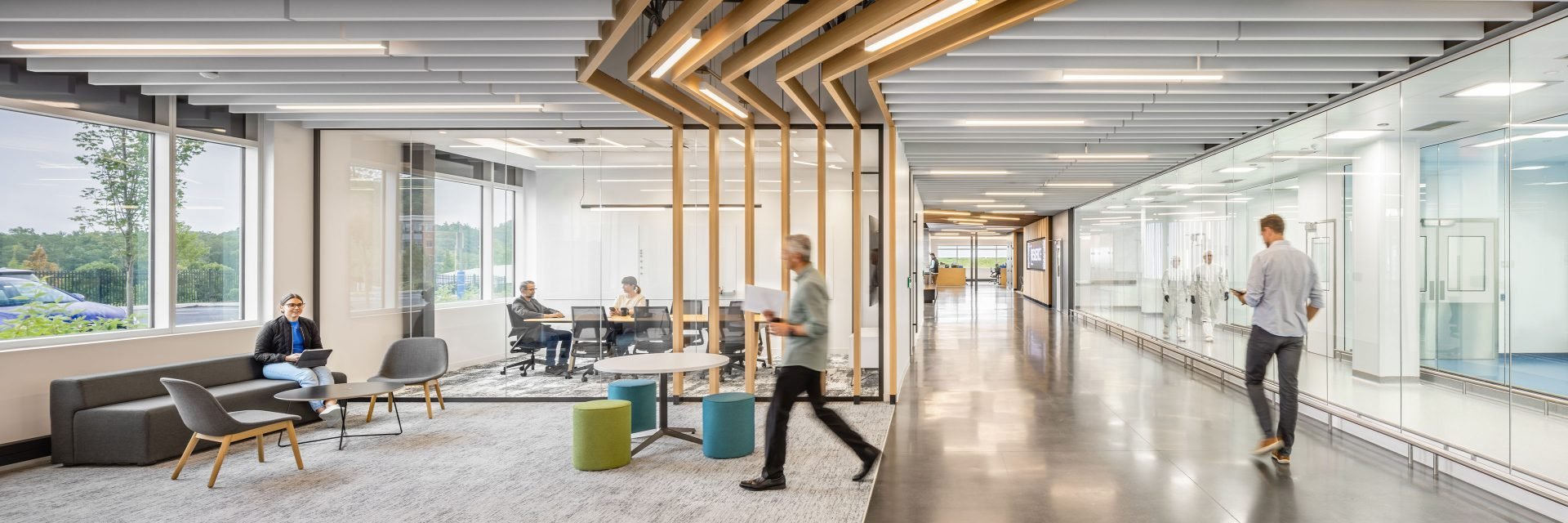
Lighting design for life sciences facilities
Life sciences facilities are unique workspaces that combine office space with highly specialized laboratory, research, and manufacturing areas. In this article, we explore the many roles lighting design plays to enhance the variety of activities that take place at these innovative companies—while at the same time improving energy efficiency and supporting employee wellness.
Read More
7 human-centric design principles to improve the life science workplace
Whether you’re leasing a lab space or building an all-new drug manufacturing facility, you’ll see a greater return on your capital investment when you deliver a workplace that fits the needs of your employees. That’s the principle behind human-centric workplace design, and it’s the key to a more resilient, flexible, and productive life science facility.
Read More
Capital Procurement Strategy: Best Practices Amidst Supply Chain Volatility
Capital projects driven by strict schedules rely on gathering the right materials, trades, and technology at the right time. But today’s volatile market conditions can impact pricing and availability, leading to long lead times and frustrating delays.
Read More
Contextual design: how life science architects create environments that foster innovation
Architects who envision and develop efficient and innovative life science facilities must specialize not only in the fundamentals of any architecture project—creating a building that is safe, sustainable and aesthetically pleasing—but also in the unique considerations and constraints inherent to an industry on which lives depend.
Read More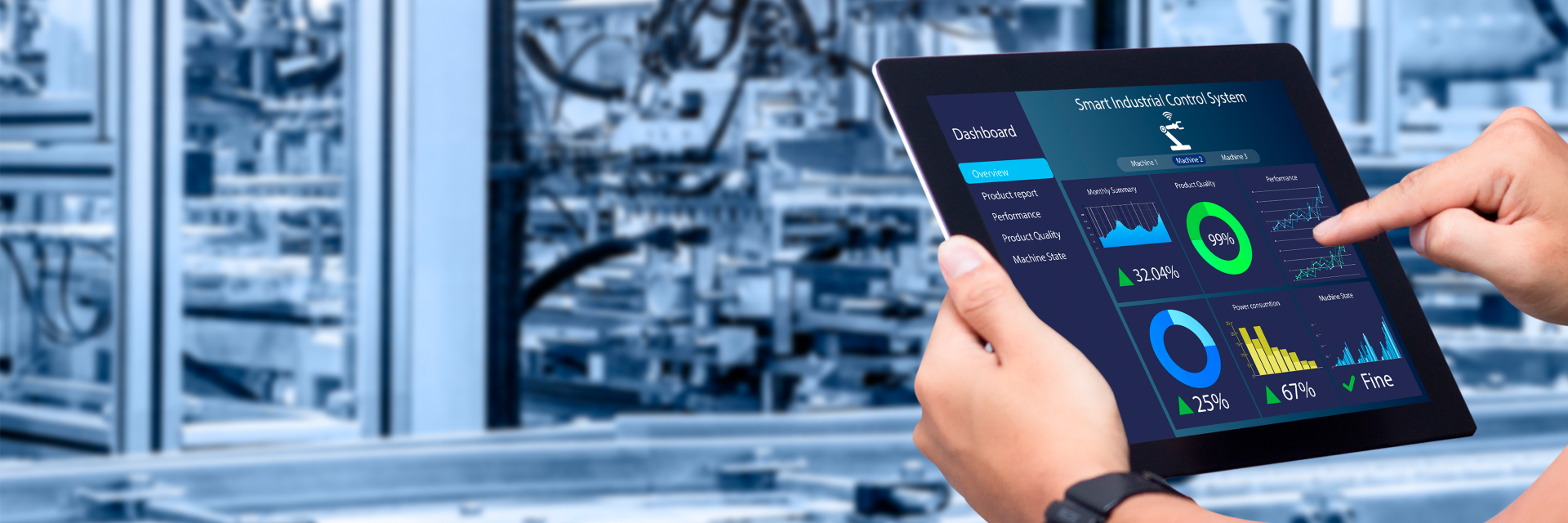
The control philosophy: what it is, how it works, and why every manufacturer should have one
A control philosophy defines your organization’s vision for digitalization and helps your team align current and future technology-related decisions with that vision.
Read More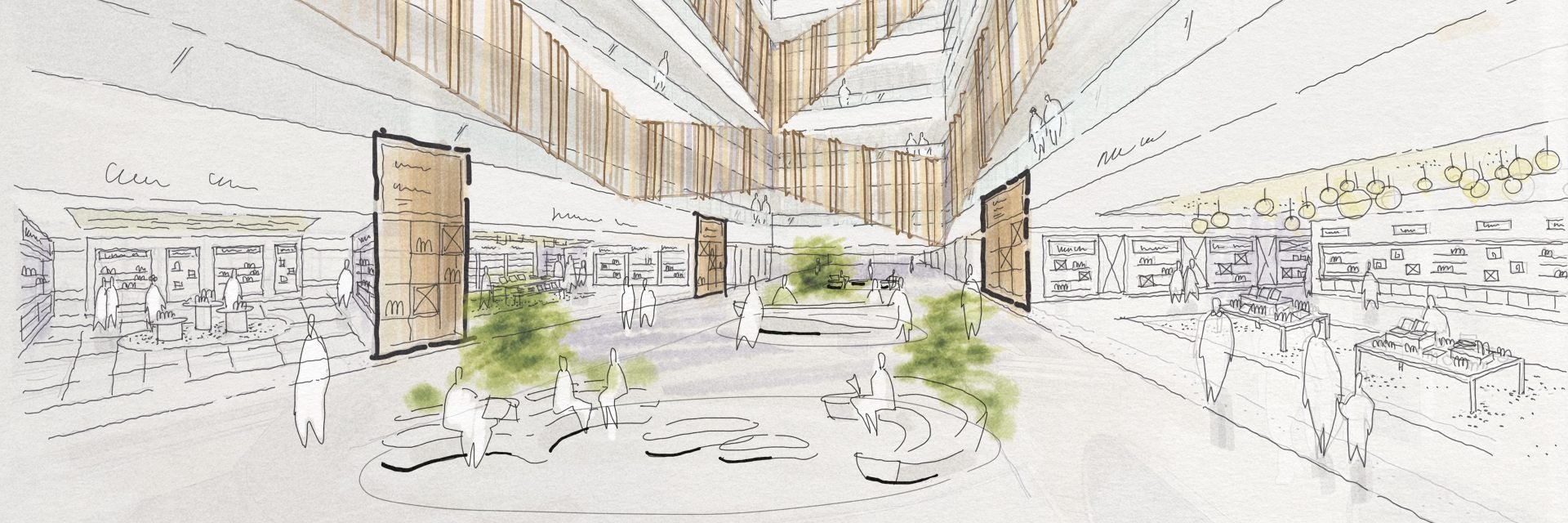
Interior design for life sciences environments
Where science, creativity, and business are seamless.
Read More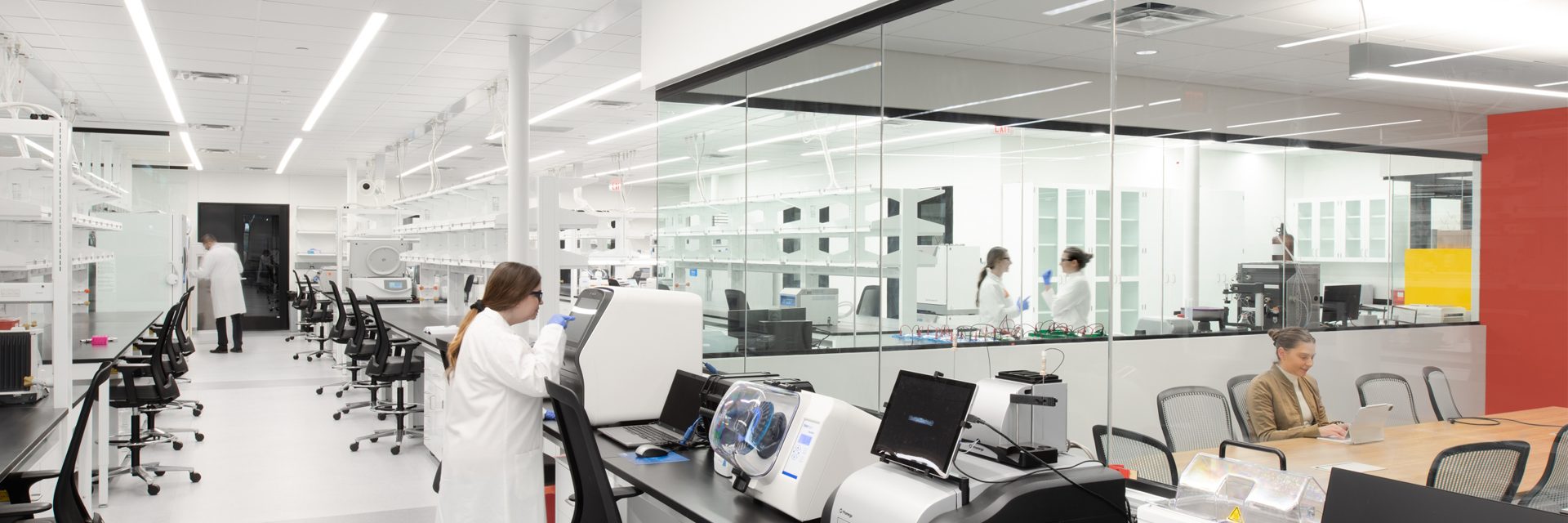
How adaptive reuse can help life sciences labs make the move to urban centers
The adaptive reuse of existing space for labs is an emerging trend sparked by increased capacity demands, supply chain challenges, and sustainability goals.
Read More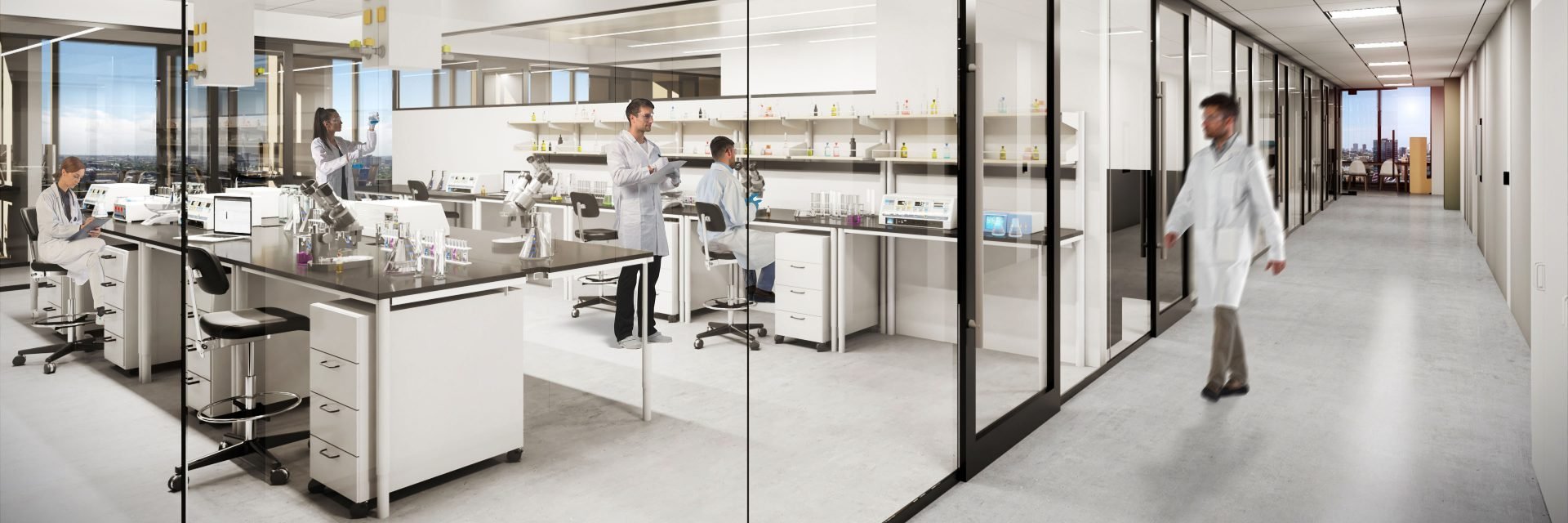
Lab vibration control: a paramount part of lab planning and design
Lab planning and design, including lab vibration control, lays the foundation for efficient scientific work. It is the process of taking both basic program elements and highly technical blocks and arranging them to create a space that is safe and efficient.
Read More